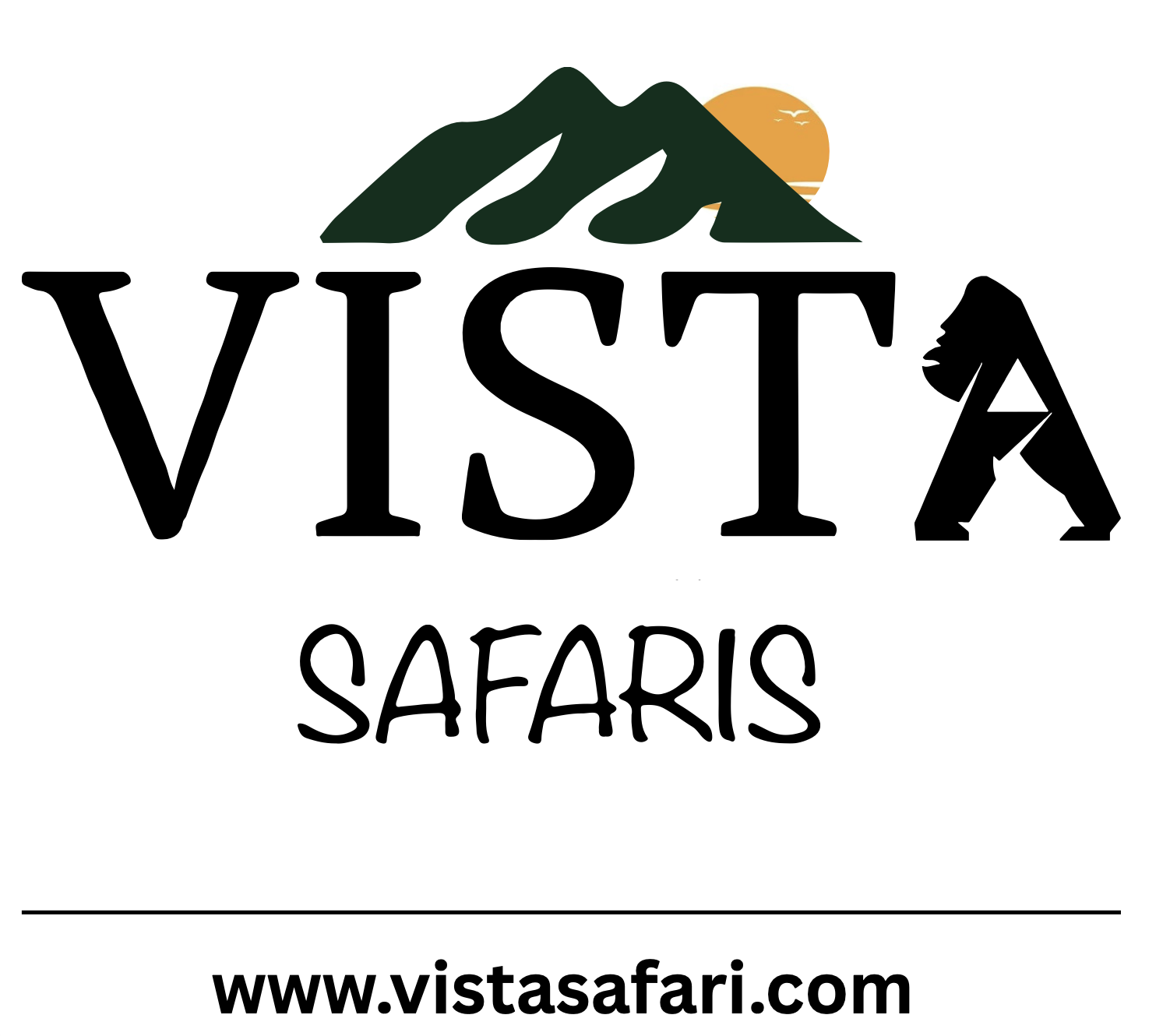Experience the thrill of a traditional African safari with Rwanda’s only savannah park, Akagera National Park, where big game, scenic landscapes, and rich culture meet.
Introduction
Akagera National Park is Rwanda’s premier savannah wildlife reserve, covering over 1,100 square kilometers along the eastern border with Tanzania. Known for its diverse habitats of grasslands, wetlands, and forests, Akagera offers classic safari experiences with the chance to see Africa’s Big Five, vast herds of buffalo, and rare species like the shoebill stork. Whether on a game drive, boat safari, or walking tour, Akagera delivers unforgettable wildlife encounters.
Highlights
- Spot lions, elephants, leopards, rhinos, and buffalo on guided game drives.
- Enjoy boat safaris on Lake Ihema with hippos, crocodiles, and birdlife.
- Discover scenic landscapes of rolling hills, savannah, and wetlands.
- Visit local communities and learn about traditional Maasai culture.
Game Drives
- Morning and Evening Drives: Best times to spot active animals.
- Vehicle: 4×4 open or closed safari jeeps with experienced guides.
- Typical Sightings: Lions lounging in the shade, elephants bathing, giraffes browsing treetops.
- Duration: Usually 3 to 5 hours per drive.
Boat Safaris on Lake Ihema
- What to See: Hippos, crocodiles, abundant bird species including fish eagles and kingfishers.
- Experience: Calm water exploration offering different wildlife perspectives.
- Duration: 2 to 3 hours, often combined with game drives.
Walking Safaris & Cultural Visits
- Guided Walks: Explore smaller trails with armed rangers focusing on smaller fauna, plants, and birds.
- Community Visits: Meet Maasai and other local communities, learn about their traditions, crafts, and coexistence with wildlife.
Park Fees & Permits
- Entrance Fees: Approximately $35–$40 per adult foreign visitor.
- Additional Fees: Game drive and boat safari fees apply.
- Discounts: Available for East African residents and children.
What to Pack
- Lightweight neutral-colored clothing, hat, sunscreen.
- Binoculars and camera with zoom lenses.
- Water bottle, insect repellent, comfortable walking shoes.
Conservation & Community
- Restoration Success: After near-collapse in the 1990s, Akagera has rebounded through conservation and reintroduction of lions and rhinos.
- Community Benefits: Tourism revenue supports education, health, and anti-poaching in local villages.
- Research Initiatives: Continuous wildlife monitoring ensures sustainable park management.
Best Time to Visit
- Dry Season: June to September for easier wildlife viewing.
- Wet Season: January to May brings lush scenery and bird migrations but can be challenging for drives.
Conclusion
Akagera National Park combines the classic safari spirit with Rwanda’s unique landscape and culture. It’s an ideal destination for travelers wanting big game thrills without leaving the Great Lakes region. Let us help you plan your Akagera safari adventure today!
